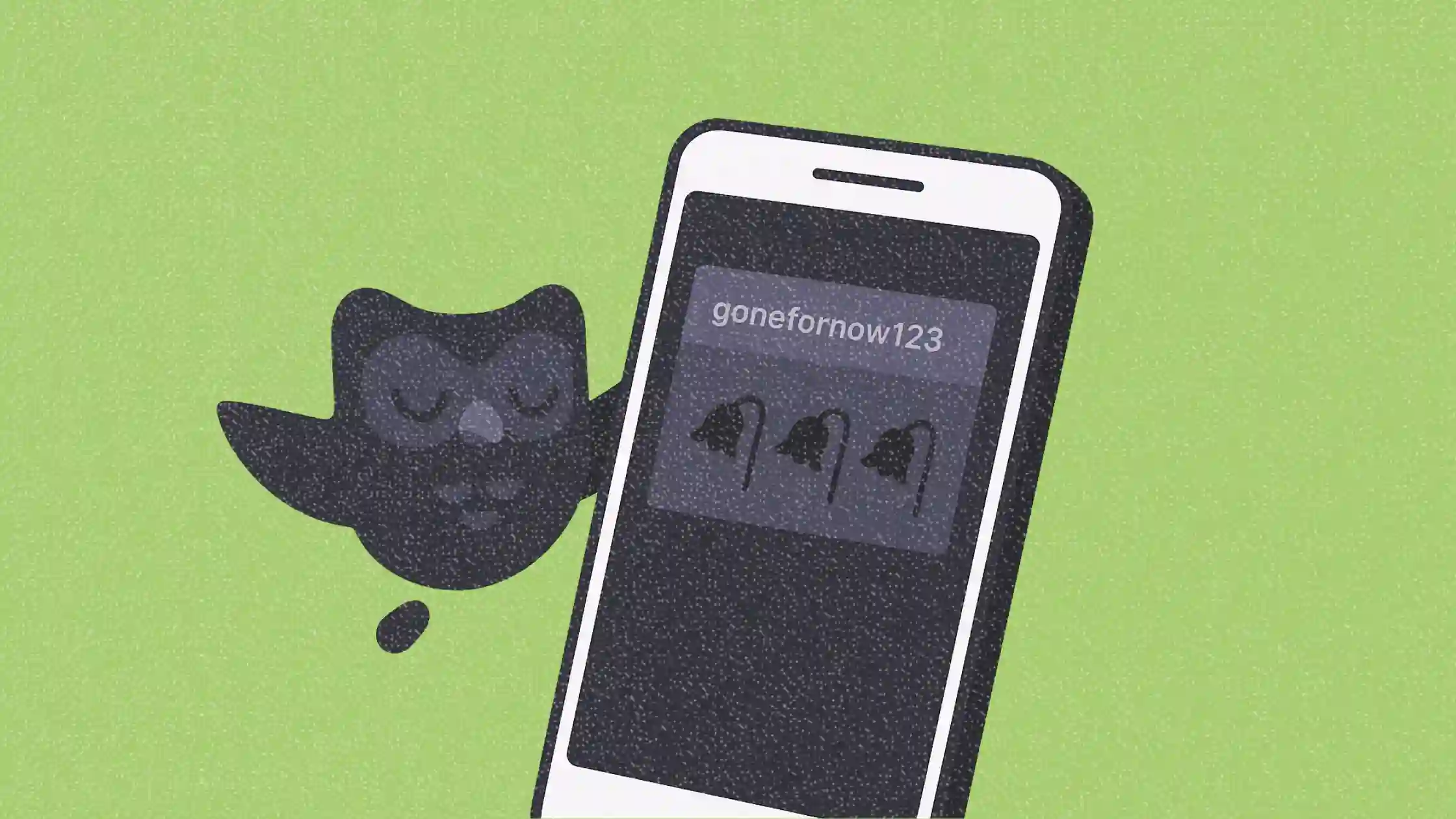Duolingo goes dark on social: a silence strategy or AI-era signal?
As Duolingo experiments with silence, marketers should pay attention to what’s not being said.

For a company that built its brand voice through viral TikToks, chaotic owl memes, and snappy Instagram replies, Duolingo’s sudden silence on social media is anything but quiet.
On May 17, the language-learning app scrubbed its TikTok and Instagram feeds, leaving behind a cryptic message—“gonefornow123”—and a dead rose emoji trio.
This article explores why Duolingo is “experimenting with silence,” what marketers can learn from the brand’s latest stunt, and how it fits into a broader conversation about AI, attention, and authenticity.
With over 116 million monthly active users and a US$192.6 million quarter behind it, Duolingo’s bold social blackout isn’t about disappearing—it’s about owning the moment by not posting at all. Let’s break down what’s going on and what this means for marketers navigating a noisy digital world.
What happened: silence as spectacle
Duolingo’s sudden vanishing act began Saturday, May 17. Its Instagram and TikTok accounts were stripped of all posts, replaced only by a cryptic bio—“gonefornow123”—accompanied by dead roses and eyeball emojis.
@duolingo
Over on X (formerly Twitter), the brand's last message read: “real eyes realize real lies,” again followed by three eyes.
REAL EYES REALIZE REAL LIES 👁️👁️👁️
— Duolingo (@duolingo) May 16, 2025
Initial speculation suggested a potential hack. But the coordinated nature of the updates and a nudge from a company spokesperson—“We’re experimenting with silence. Sometimes, the best way to make noise is to disappear first”—signaled something more deliberate.
Rather than damage control, the move feels strategic, especially coming from a marketing team with a history of trolling expectations. In the past year alone, Duolingo has spoofed the Apple TV+ series Severance, faked the death of its green owl mascot Duo, and inserted itself into pop culture moments like the Barbie movie premiere.
The brand has never shied away from absurdity—but this time, it’s using restraint as a stunt.
Context: silence in the age of AI-fueled saturation
This isn’t just another viral gag. It’s happening in the shadow of a broader shift.
Just weeks before the social blackout, Duolingo CEO Luis von Ahn announced the company was adopting an “AI-first” strategy, with AI gradually replacing contract workers. The response online was swift—and largely negative. Social media, once the company’s strength, suddenly became the site of intense scrutiny.
Pulling back may be as much a damage control move as it is an artistic flex. But it’s also a savvy play in an environment where algorithm-driven content overload has made brand posts feel increasingly disposable. Silence, by contrast, commands attention.
It’s a move rooted in scarcity thinking: if everyone is shouting, the quietest voice might be the most intriguing.
What marketers should know
This isn’t just Duolingo being weird. It’s a timely case study for any brand asking how to cut through the noise without turning up the volume.
1. Silence can be a strategy—not just a retreat
When used intentionally, going quiet can spark curiosity, generate press, and reframe your audience’s expectations. But like any brand move, it needs context. Duolingo has built enough brand equity to pull this off—others may need to first earn the right to disappear.
2. Brand stunts need follow-through
Killing the mascot, spoofing Severance, and now scrubbing social feeds—Duolingo’s stunts have a throughline: risk. But they also deliver on narrative. The mystery builds anticipation. If your brand leans into spectacle, don’t forget to land the punchline.
3. AI backlash is real, and brands need to read the room
Von Ahn’s AI comments drew heat, and this blackout may double as a cooling strategy. The takeaway? Brands wading into AI transitions should prepare for blowback. Transparency and tone matter more than tech upgrades.
4. Cultural capital is earned, not engineered
Duolingo has embedded itself in internet culture by playing with the culture. Not pandering to it. This silence stunt works because the brand has trained its audience to expect the unexpected. For marketers, the real lesson is this: relevance is a long game.
Maybe silence is golden
In a world saturated with content, sometimes the most subversive thing a brand can do is disappear. Duolingo’s “gonefornow” stunt proves that a brand can still drive attention—even without saying a word—if the groundwork has been laid through years of cultural listening and strategic weirdness.
For marketers, this moment is a reminder: engagement isn’t always about more. Sometimes, it’s about less—at just the right time.



